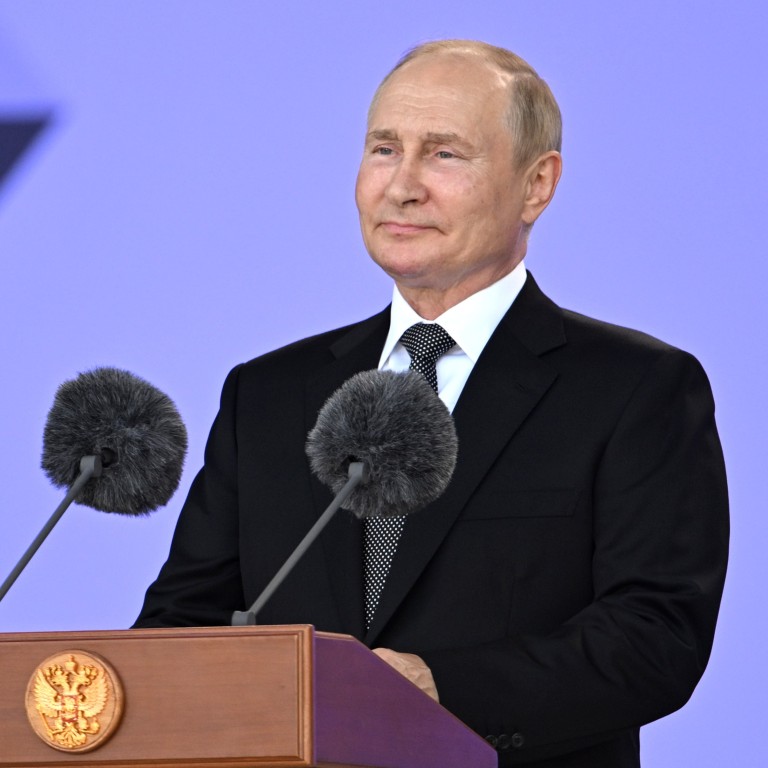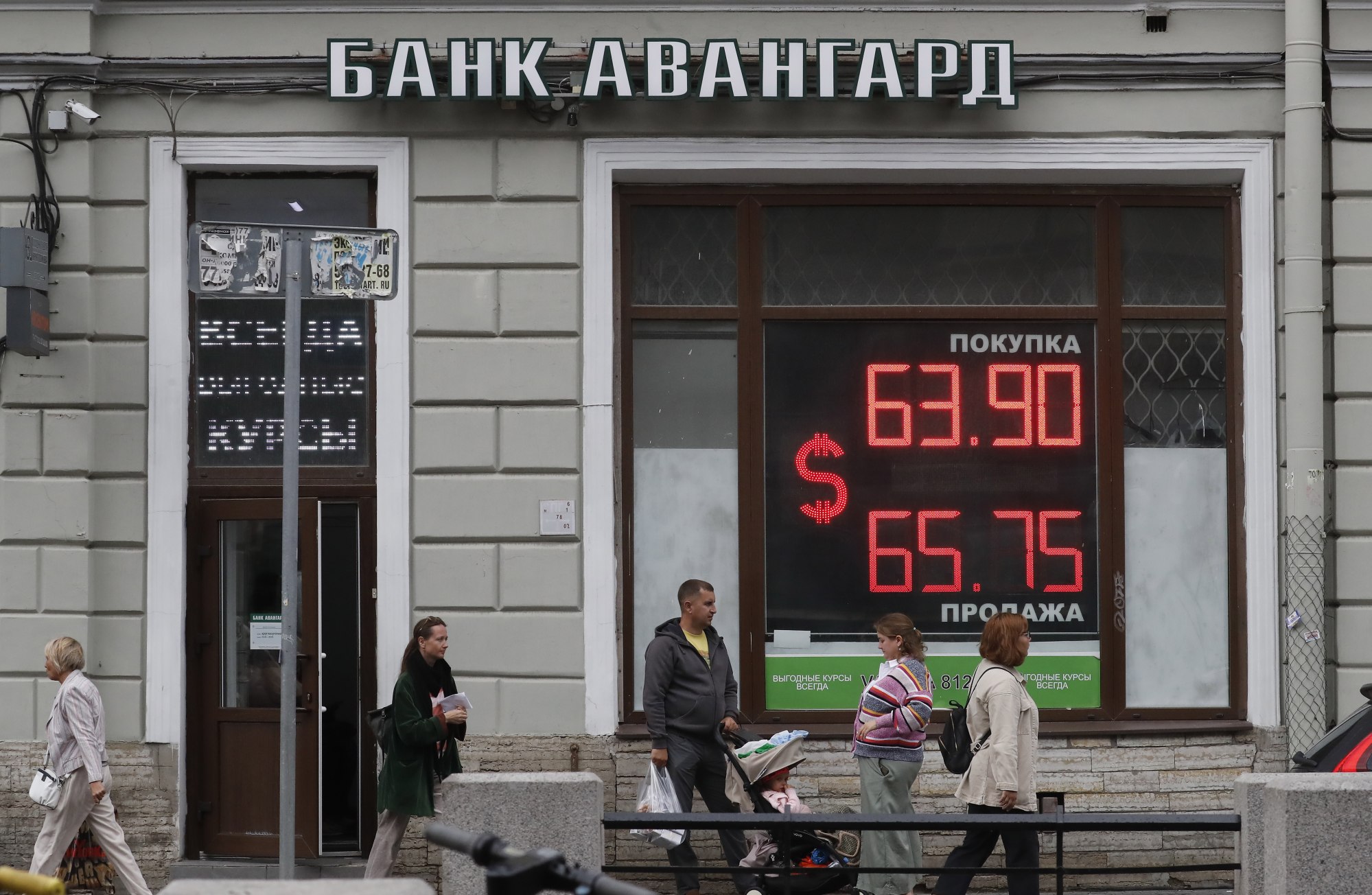
Can US economic sanctions still work in a multipolar world?
- Sanctions have rarely succeeded in deterring authoritarian regimes; instead, they lead to increased economic hardship among ordinary people
- Today, shifting global alliances are weakening the effect of Western sanctions as targeted states like Russia and Iran form new ties
Economic sanctions are the middle ground between diplomatic pressure and outright war. They can range from embargoes and asset freezing to targeting individuals’ movement and finances. Often, they do not affect the government as much as they put pressure on the public, strangling them with inflation and burdening them fiscally in the hopes of triggering political reform through civil dissent.

The impact of US sanctions can vary; historically, countries that are in geographic proximity to the US are affected more than those further away. However, on average, US sanctions cut a targeted state’s annual GDP growth by 0.75-1 percentage points. The impact on growth is limited to seven years, yielding a 13.4 per cent aggregated decline in GDP over that period.
In 2014, in the wake of the Crimea crisis, Russian Minister of Finance Anatoliy Siluanov said that Western sanctions would cause a loss of US$40 billion (or 2 per cent of GDP) to his country’s economy.
US company Conoco was to develop Iran’s Sirri oilfields, but had to cease operations due to sanctions. But not all US allies followed suit. TotalEnergies (formerly Total Oil Petroleum), with the backing of the French government, took over operations and established the facility instead. Similarly, in Russia, TotalEnergies is continuing operations, despite BP, Shell and ExxonMobil leaving the country.
On the other hand, sanctions by the UN Security Council are far more effective, as all member states are required to adopt resolutions. The effectiveness is further enhanced if the resolution is supported by all members of the council.
UN-backed sanctions typically cause a state’s real GDP growth rate to fall by more than 2 percentage points a year, with the effects decreasing over a period of 10 years. During this period, the total decline in the sanctioned country’s per capita GDP growth rate is around 25.5 per cent.
On rare occasions, sanctions will amount to a complete blockage, as in Rhodesia (Zimbabwe) and the former Republic of Yugoslavia (the region now comprising Serbia and Montenegro).
Today, diverging global interests are taking power away from the Security Council, with conflict resolutions taking place instead via regional power blocs or third parties – for example, Pakistan brokering a peace deal between the US and the Taliban, ending an 18-year war without the consensus of UN General Assembly.
It has considerable influence over Iraq’s government, prevented Israel from invading South Lebanon, and bullies countries of the Gulf Cooperation Council by supporting groups like Yemen’s Houthis. Russia, too, has extended its influence in the region by backing the Assad regime in Syria. Its annexing of Crimea served as a litmus test to gauge the reaction of the international community.
The symbolic nature of US sanctions failed to prevent the invasion of Ukraine and set a precedent for other emerging powers like China, which will be carefully observing the West’s treatment of Russia as it pursues its national interests regarding Taiwan.
Sameed Basha is a defence and political analyst with a master’s degree in international relations from Deakin University, Australia


